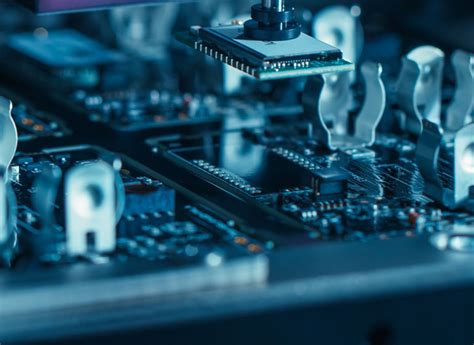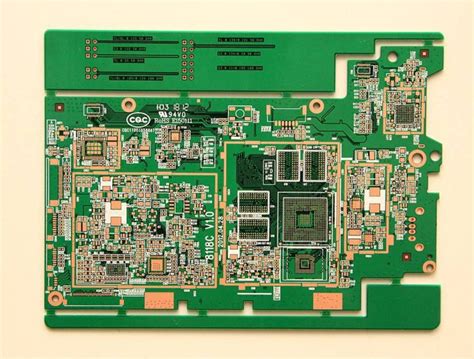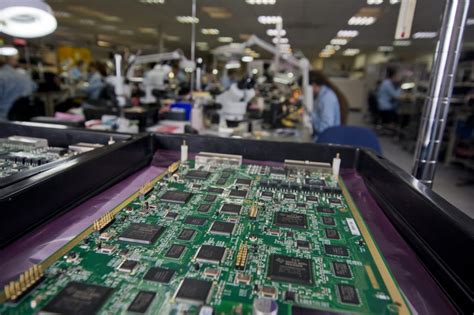Transforming Production with Automated Electronics Assembly Solutions

Key Takeaways
The integration of automated electronics assembly is a game-changer for manufacturers venturing into the realm of pcb assembly and pcba processes. These solutions harness cutting-edge technologies to streamline production workflows, ultimately leading to significant improvements in efficiency and accuracy. By minimizing human error, they enable companies to produce high-quality products consistently. Additionally, automated systems can facilitate rapid prototyping and small-batch production, accommodating the fast-paced demands of today’s market. As a result, businesses can respond more agilely to customer needs while also achieving considerable cost reductions in their overall operations. Emphasizing the importance of automation, many organizations have successfully transformed their manufacturing strategies—proving that embracing these innovative assembly solutions is not just beneficial, but essential for sustained growth in a competitive landscape. Consequently, companies that transition toward automated assembly stand to gain a substantial competitive edge by enhancing their operational efficiency and optimizing resource allocation within their production facilities.
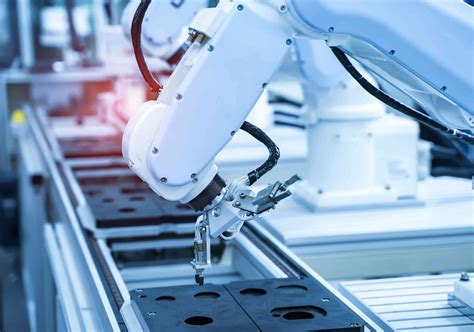
Introduction to Automated Electronics Assembly
In today’s fast-paced manufacturing landscape, automated electronics assembly plays a pivotal role in redefining how electronic devices are produced. This innovative approach combines sophisticated machinery and advanced software to streamline the pcb assembly process, significantly enhancing operational efficiency. By implementing automated assembly solutions, companies can minimize human error, accelerate production timelines, and keep up with the ever-increasing demand for pcba (Printed Circuit Board Assembly) products.
With the integration of robotics and artificial intelligence, manufacturers can achieve higher precision in component placement and soldering processes. As a result, the quality of the final products improves while reducing waste and costs associated with manual labor. This shift not only helps businesses to optimize their production lines but also allows them to respond more dynamically to market demands.
"Embracing automation is not just an option; it’s a necessity for staying competitive in today’s electronics market."
As organizations explore these advanced technologies, they often find that leveraging automated electronics assembly enhances collaboration among teams. The data collected during automated processes can inform decision-making and foster innovation in product design.
The table below summarizes key aspects of automated assembly:
| Aspect | Traditional Assembly | Automated Assembly |
|---|---|---|
| Labor Dependency | High | Low |
| Production Speed | Moderate | High |
| Error Rate | Higher | Significantly Lower |
| Cost Efficiency | Less Efficient | More Efficient |
| Quality Control | Manual Checks | Continuous Monitoring |
Through these advancements, automated systems not only address challenges but also lay the groundwork for transformative progress within the electronics manufacturing industry. Thus, as organizations continue to adopt these solutions, they set themselves on a trajectory towards enhanced performance and sustained growth amidst increasing global competition.
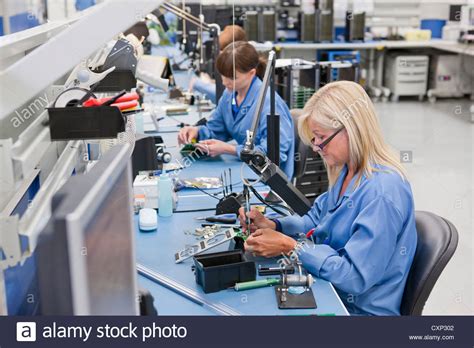
Benefits of Automated Assembly Solutions
Automated electronics assembly represents a significant advancement in the manufacturing landscape, particularly within the domain of pcb assembly and pcba processes. By replacing manual labor with advanced robotic systems, businesses can achieve a host of benefits that strongly influence their operational efficiency. Firstly, the integration of automation reduces human error, which often leads to defects in electronic components. This enhanced precision translates to improved product quality and consistency, essential attributes demanded by today’s competitive market. Furthermore, automated assembly solutions enable faster production cycles. The ability to operate continuously without breaks significantly accelerates output, meeting rising consumer demands in record time.
Another key advantage is the reduction in labor costs. While the initial investment in automation technology might seem substantial, the long-term savings on labor expenses can be considerable. Moreover, automation allows companies to reallocate human resources toward more strategic tasks, fostering a more innovative work environment. Enhanced scalability is another compelling benefit; as market needs fluctuate, automated systems can be adjusted without the complexities associated with increasing or decreasing manual labor forces.
Lastly, pcba processes benefit greatly from automated solutions through improved data collection and analysis capabilities. Automation allows for real-time monitoring of production metrics, empowering companies to make informed decisions that drive efficiency and performance. In summary, the transition to automated electronics assembly is not just about technology; it embodies a holistic approach to optimizing production processes and positioning businesses for lasting success in an ever-evolving industry landscape.
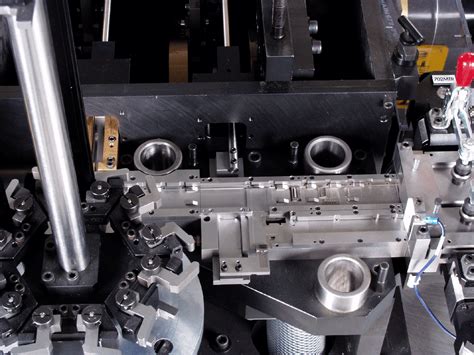
Case Studies: Success Stories in Electronics Manufacturing
In the rapidly evolving field of electronics manufacturing, organizations have turned to automated electronics assembly to achieve unparalleled efficiency and quality. A notable example is a prominent company that implemented pcb assembly processes, significantly enhancing their production capabilities. By adopting advanced pcba techniques, they streamlined their operations, reducing manual errors and increasing throughput. This transition not only lowered labor costs but also improved the consistency and quality of their products, leading to higher customer satisfaction. Another success story comes from a manufacturer specializing in consumer electronics, who integrated automated systems into their assembly lines. This shift enabled them to respond swiftly to market demands while maintaining rigorous quality standards. Through these case studies, it is clear that the adoption of automated solutions in pcb assembly has positioned companies at the forefront of a competitive landscape, demonstrating tangible benefits in cost reduction and productivity enhancements. As these organizations continue to leverage innovative technologies, they exemplify how automation can redefine efficiency in electronics production, inspiring others to embrace similar transformations for sustainable growth.
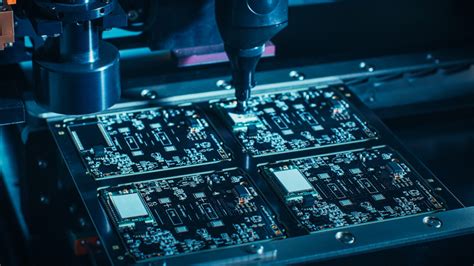
Overcoming Challenges in Automation Implementation
Implementing automated electronics assembly solutions, particularly in pcb assembly and pcba, can pose several challenges that organizations must navigate effectively. One major barrier is the initial investment in technology; while the long-term benefits of automation include enhanced efficiency and reduced labor costs, the upfront costs can be substantial. Furthermore, integration with existing systems poses another challenge, as businesses often face compatibility issues between new automated technologies and their legacy systems. Training staff to operate advanced machinery is equally critical; teams must be equipped with new skills to manage automated assembly processes proficiently. Companies also encounter resistance from employees who may fear job displacement due to automation. To foster a smooth transition, it is vital to engage and involve employees throughout the process. Another significant hurdle involves maintaining quality control during and after implementing automation. Organizations must develop robust monitoring processes to ensure that output meets the high standards necessary for competitive advantage. By addressing these challenges head-on and employing adaptive strategies, businesses can capitalize on the transformative potential of automated electronics assembly, helping them enhance productivity, improve quality, and ultimately thrive in a dynamic market landscape.
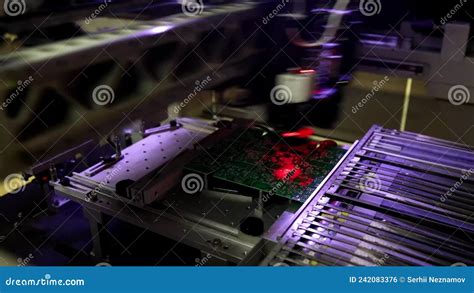
Future Trends in Automated Electronics Assembly
As industries continually strive for greater efficiency, the future trends in automated electronics assembly reveal a promising landscape for advancement. One significant trend is the increased reliance on data analytics and machine learning to enhance pcb assembly processes. These technologies enable real-time monitoring and predictive analysis that contribute to higher precision in pcba production. Moreover, the integration of advanced robotics is expected to take automation to new heights, allowing for intricate assembly tasks that were previously performed manually. Companies are also exploring concepts like modular automation, which offers flexibility and scalability to adapt to varying production demands efficiently. This shift not only improves responsiveness but also ensures that businesses can swiftly pivot when faced with market changes. Sustainability is another crucial aspect shaping the future; manufacturers are leaning towards eco-friendly materials and processes, emphasizing competitive advantage through corporate responsibility. As these trends gain traction, businesses that embrace such innovations in their electronics assembly processes will likely find themselves better positioned in an ever-evolving market landscape.
Strategies for Integrating Automation into Existing Processes
Integrating automation into established production workflows can present both opportunities and challenges. A crucial strategy is to conduct a detailed assessment of current processes to identify areas where automated electronics assembly can be effectively implemented. For instance, evaluating the pcb assembly methods currently in use allows manufacturers to pinpoint repetitive tasks that are prime candidates for automation. Engaging with stakeholders, including skilled operators and engineers, fosters a collaborative environment that facilitates smoother transitions and addresses potential concerns early on. Another key approach involves selecting the right technology tailored to specific production needs. The use of pcba (printed circuit board assembly) techniques may require specialized machinery that is compatible with existing systems, reducing the risk of disruptions during integration. Furthermore, investing in employee training ensures that team members are equipped with the necessary skills to operate new automated systems efficiently. This not only enhances productivity but also promotes employee confidence. Additionally, implementing a phased rollout of automated solutions can minimize risks while allowing time for adjustments based on real-world feedback. As the integration progresses, continuous monitoring and data analysis become essential for fine-tuning operations and ensuring optimal performance of automated lines within existing processes. By adopting these strategic measures, businesses can harness the full potential of automated electronics assembly, significantly enhancing their production capabilities while maintaining a commitment to quality and efficiency.
Conclusion: Embracing the Future of Electronics Production
The landscape of electronics production is rapidly changing, driven by the advancements in automated electronics assembly technologies. As businesses strive to remain competitive, embracing automation in processes such as pcb assembly and pcba is no longer just an option but a necessity. Automated solutions not only streamline workflows but also significantly reduce human error, leading to improved precision in electronic components. Moreover, the ability to integrate high-speed machinery and smart systems allows for lower production costs while enhancing overall quality. As companies adopt these innovations, they are not just enhancing their output; they are positioning themselves to meet the dynamic demands of today’s market efficiently. With automation paving the way forward, industries can anticipate greater scalability and adaptability in their operations, ensuring a robust foundation for future growth and success. The future of electronics production is bright, as organizations worldwide harness the power of automated electronics assembly to achieve their strategic goals and stay ahead in a fierce and evolving marketplace.
Conclusion: Embracing the Future of Electronics Production
In conclusion, the evolution of automated electronics assembly signifies a pivotal transformation in production methodologies that demands attention from all manufacturing sectors. The integration of automation within pcb assembly processes has shown remarkable potential in enhancing production capabilities. With the advent of technologies such as robotic arms and artificial intelligence, companies can achieve unprecedented efficiency levels while simultaneously reducing costs associated with labor and material waste. These pcba innovations not only streamline operations but also contribute to improved product quality, fostering a competitive edge in the marketplace. As businesses look to the future, embracing these automated solutions will be crucial in navigating the complexities of modern manufacturing and aligning with consumer demands. The journey towards full automation may present challenges; however, the rewards of increased productivity and profitability present a compelling case for transformation in electronics production.
FAQs
What is automated electronics assembly?
Automated electronics assembly refers to the use of machinery and technology to streamline the process of PCB assembly, or PCBA, minimizing human intervention. This results in increased efficiency and precision in manufacturing electronic components.
How does automated assembly impact production efficiency?
By adopting automated solutions, businesses can significantly enhance production speed and accuracy. Automation reduces the risk of errors associated with manual assembly, thus improving overall output quality in pcb assembly processes.
What are the benefits of using automated electronic assemblies?
The primary benefits include reduced labor costs, faster turnaround times, higher quality products, and the ability to scale operations without compromising reliability. These advantages position companies favorably in a competitive marketplace.
Are there specific technologies that drive automation in electronics manufacturing?
Yes, key technologies such as robotic arms, conveyor systems, and advanced vision systems are crucial for automating PCBA processes. These innovations facilitate precision in placement and soldering of components on printed circuit boards.
What challenges might companies face when implementing automation?
Common challenges include initial investment costs, integration with existing systems, workforce training needs, and potential operational disruptions during the transition phase. Companies must strategically address these issues for successful implementation.
By addressing frequently asked questions regarding automated electronics assembly, organizations can better understand its significance in transforming production processes. For more resources on pcb assembly, please click here.

